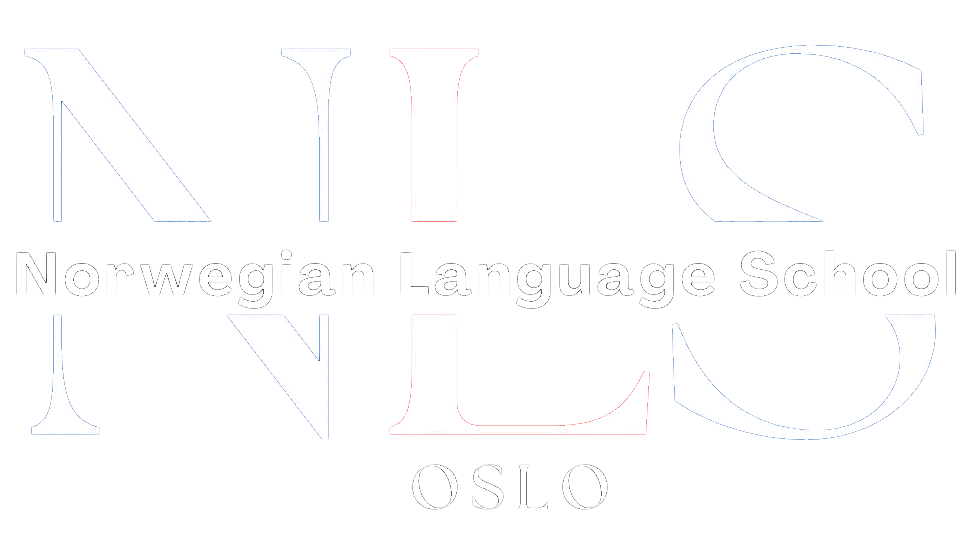Time expressions are an essential part of language learning as they allow us to communicate about the past, present, and future. In Norwegian, mastering time expressions is particularly useful as it enables learners to talk about their daily routines, make plans, and understand schedules and timetables. By learning Norwegian time expressions, learners can enhance their ability to communicate effectively in various situations.
Table of Contents
ToggleKey Takeaways
- Norwegian time expressions include days of the week, months of the year, and common phrases.
- Days of the week in Norwegian are similar to English but with different pronunciation.
- Pronunciation of Norwegian weekdays involves emphasis on the first syllable.
- Months of the year in Norwegian are named after gods and have different pronunciation than English.
- To say dates in Norwegian, use the format “day.month.year” and include the word “den” before the day.
Days of the week in Norwegian
The days of the week in Norwegian are:
– Mandag (Monday)
– Tirsdag (Tuesday)
– Onsdag (Wednesday)
– Torsdag (Thursday)
– Fredag (Friday)
– Lørdag (Saturday)
– Søndag (Sunday)
Interestingly, the days of the week in Norwegian are named after Norse gods. For example, “Mandag” is derived from “Máni,” the Norse god of the moon, while “Tirsdag” is named after “Týr,” the god of war. This connection to Norse mythology adds a cultural aspect to learning the days of the week in Norwegian.
To use the days of the week in sentences, you can simply combine them with other words or phrases. For example, “Jeg skal på kino på fredag” means “I am going to the cinema on Friday.” Similarly, “Vi har møte på mandag” translates to “We have a meeting on Monday.”
Pronunciation of Norwegian weekdays
Pronouncing the weekdays in Norwegian can be a bit challenging for non-native speakers. Here is a guide to help you pronounce each day correctly:
– Mandag: Pronounced as “mahn-dahg”
– Tirsdag: Pronounced as “teer-sdahg”
– Onsdag: Pronounced as “ohns-dahg”
– Torsdag: Pronounced as “tohrs-dahg”
– Fredag: Pronounced as “freh-dahg”
– Lørdag: Pronounced as “lur-dahg”
– Søndag: Pronounced as “suhn-dahg”
To further assist you in mastering the pronunciation, here are audio examples of each day of the week:
Mandag:
Tirsdag:
Onsdag:
Torsdag:
Fredag:
Lørdag:
Søndag:
Months of the year in Norwegian
| Month | Translation | Days |
|---|---|---|
| January | Januar | 31 |
| February | Februar | 28/29 |
| March | Mars | 31 |
| April | April | 30 |
| May | Mai | 31 |
| June | Juni | 30 |
| July | Juli | 31 |
| August | August | 31 |
| September | September | 30 |
| October | Oktober | 31 |
| November | November | 30 |
| December | Desember | 31 |
The months of the year in Norwegian are:
– Januar (January)
– Februar (February)
– Mars (March)
– April (April)
– Mai (May)
– Juni (June)
– Juli (July)
– August (August)
– September (September)
– Oktober (October)
– November (November)
– Desember (December)
The names of the months in Norwegian are derived from seasonal and religious events. For example, “Januar” comes from the Latin word “ianuarius,” which means “month of Janus,” the Roman god of beginnings. Similarly, “Desember” is derived from the Latin word “decem,” meaning “ten,” as it was originally the tenth month in the Roman calendar.
To use the months of the year in sentences, you can combine them with other words or phrases. For instance, “Vi skal på ferie i juli” means “We are going on vacation in July.” Similarly, “Bursdagen min er i november” translates to “My birthday is in November.”
How to say dates in Norwegian
In Norwegian, dates are expressed using ordinal numbers. Here is a guide on how to say different dates in Norwegian:
1st – Første (fuh-rs-teh)
2nd – Andre (ahn-dreh)
3rd – Tredje (treh-yeh)
4th – Fjerde (fyehr-deh)
5th – Femte (fehm-teh)
6th – Sjette (shet-teh)
7th – Syvende (sy-ven-deh)
8th – Åttende (oht-teh-deh)
9th – Niende (nee-en-deh)
10th – Tiende (tee-en-deh)
To say a complete date, you would combine the ordinal number with the month. For example, “1. januar” means “January 1st,” and “15. mars” translates to “March 15th.”
Common Norwegian time phrases

There are several common time phrases in Norwegian that are useful to know. Here is a list of some of them:
– I dag (today)
– I morgen (tomorrow)
– I går (yesterday)
– Nå (now)
– Snart (soon)
– Om litt (in a little while)
– Om noen minutter (in a few minutes)
– Om en time (in an hour)
These time phrases can be used in various contexts to talk about the present, future, or past. For example, “Jeg skal på fest i morgen” means “I am going to a party tomorrow,” and “Vi spiste middag i går” translates to “We had dinner yesterday.”
Time-related vocabulary in Norwegian
In addition to time expressions, there are several time-related vocabulary words that are important to know in Norwegian. Here is a list of some of them:
– Klokka (clock/watch)
– Minutt (minute)
– Time (hour)
– Sekund (second)
– Dag (day)
– Uke (week)
– Måned (month)
– År (year)
These words can be combined with other words or phrases to talk about specific times or durations. For example, “Klokka er tre” means “It is three o’clock,” and “Jeg skal på ferie i to uker” translates to “I am going on vacation for two weeks.”
Differences between Norwegian and English time expressions
There are some key differences between how time expressions are used in Norwegian and English. One notable difference is that in Norwegian, the day of the week is often mentioned before the date, whereas in English, it is more common to mention the date before the day of the week. For example, in Norwegian, you would say “Mandag 15. mars,” whereas in English, you would say “March 15th, Monday.”
Another difference is that in Norwegian, the 24-hour clock system is commonly used, whereas in English, the 12-hour clock system is more prevalent. This means that in Norwegian, you would say “Klokka er 14” to mean “It is 2 o’clock,” whereas in English, you would say “It is 2 PM.”
Using prepositions with Norwegian time expressions
Prepositions play an important role in using time expressions correctly in Norwegian. Here are some commonly used prepositions with time expressions:
– På (on): Used when referring to specific days or dates. For example, “På mandag” means “On Monday,” and “På den 10. januar” translates to “On January 10th.”
– I (in): Used when referring to months or seasons. For example, “I mars” means “In March,” and “I sommer” translates to “In summer.”
– Om (in/about): Used when referring to future or upcoming events. For example, “Vi skal på ferie om to uker” means “We are going on vacation in two weeks,” and “Møtet er om en time” translates to “The meeting is in an hour.”
It is important to use the correct preposition with each time expression to convey the intended meaning accurately.
Practice exercises for mastering Norwegian time vocabulary
To improve your understanding and use of Norwegian time expressions, here are some practice exercises you can try:
1. Write a paragraph describing your daily routine using Norwegian time expressions.
2. Create a dialogue between two people making plans for the weekend using Norwegian days of the week and time phrases.
3. Listen to a Norwegian podcast or watch a TV show and try to identify and understand the time expressions used.
4. Write a short story about a memorable event that happened on a specific date using Norwegian ordinal numbers and months.
5. Practice telling the time in Norwegian by asking someone to randomly give you different times, and you respond with the correct phrase.
By regularly practicing these exercises, you can enhance your language skills and become more confident in using Norwegian time expressions effectively.









